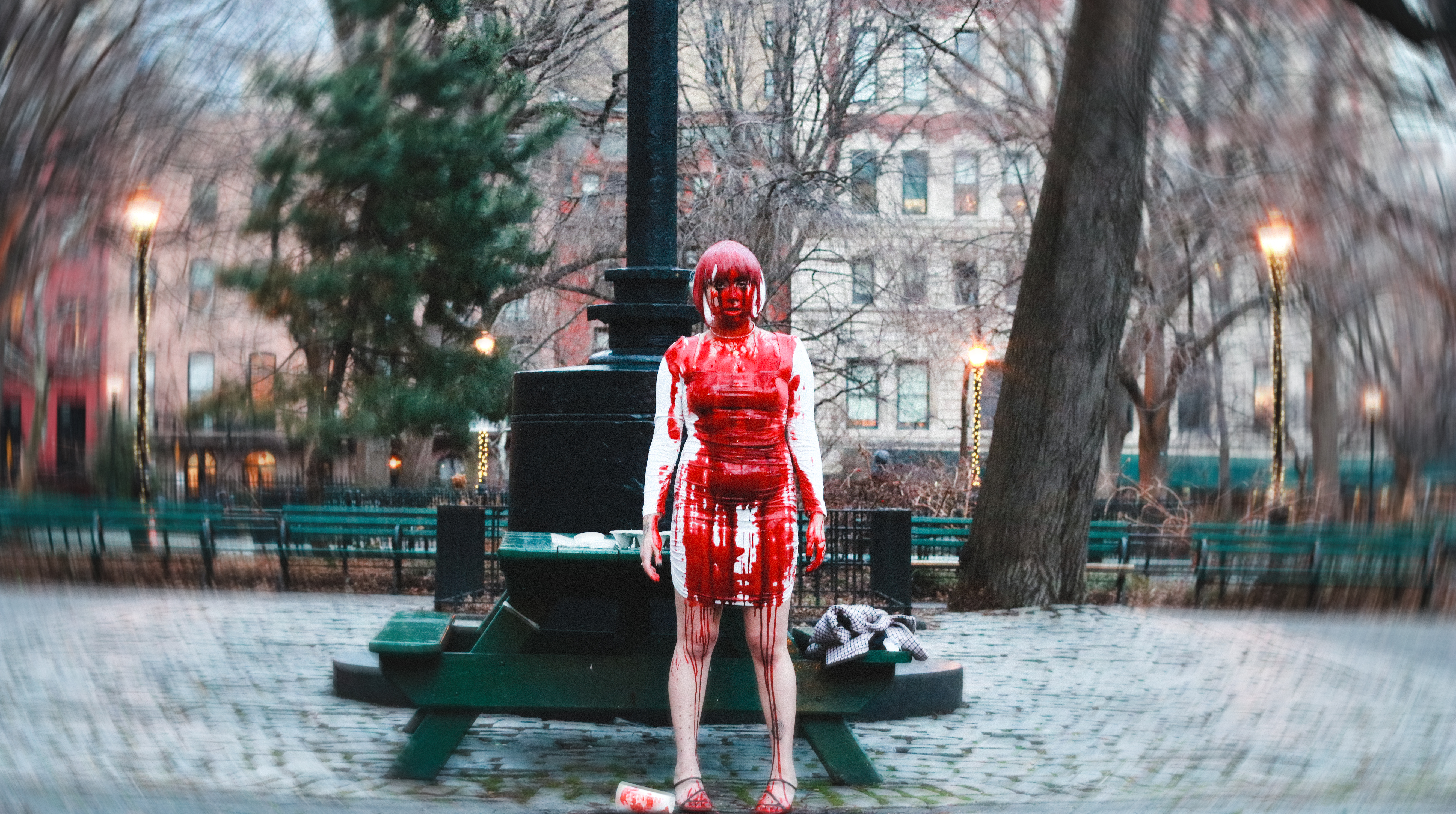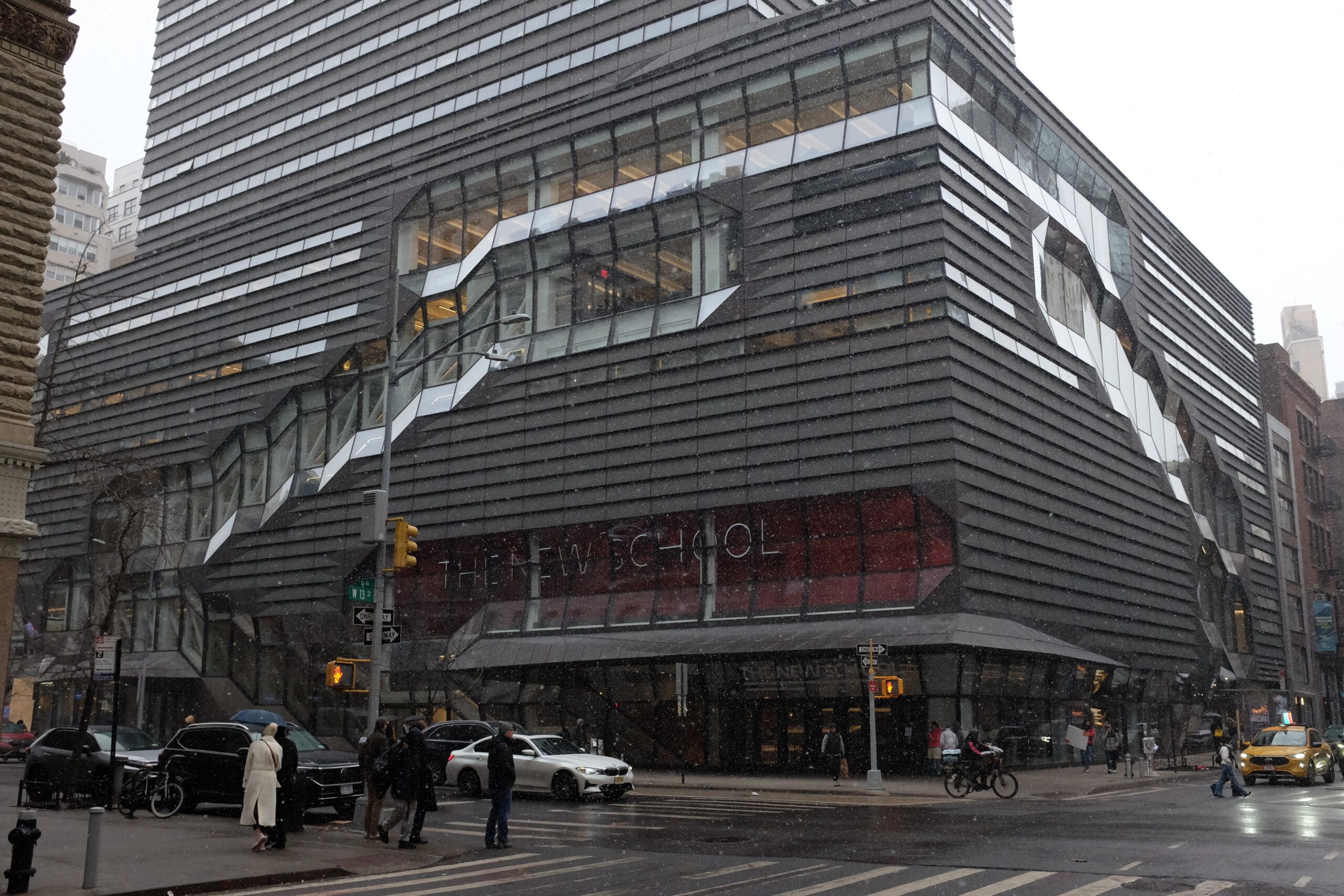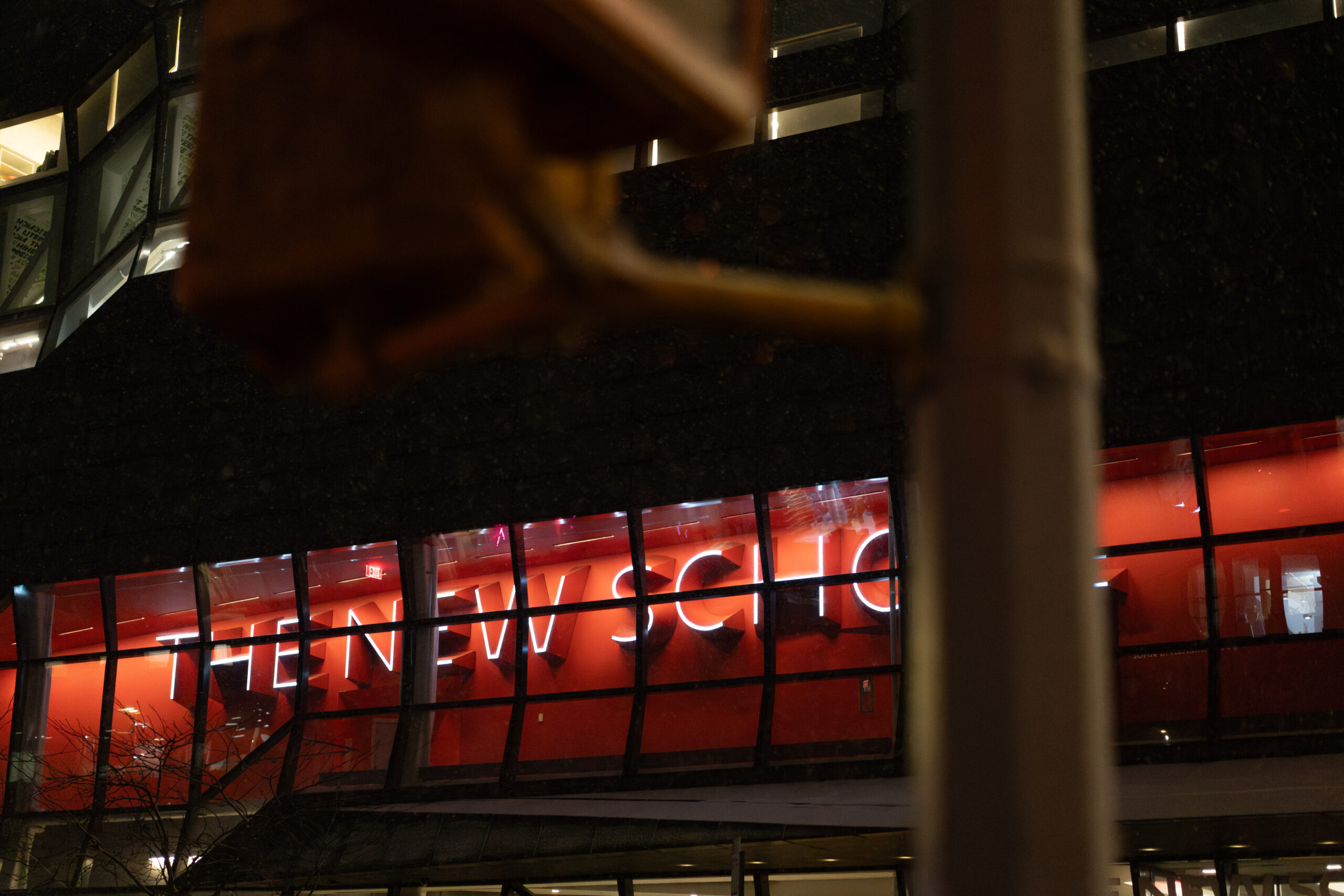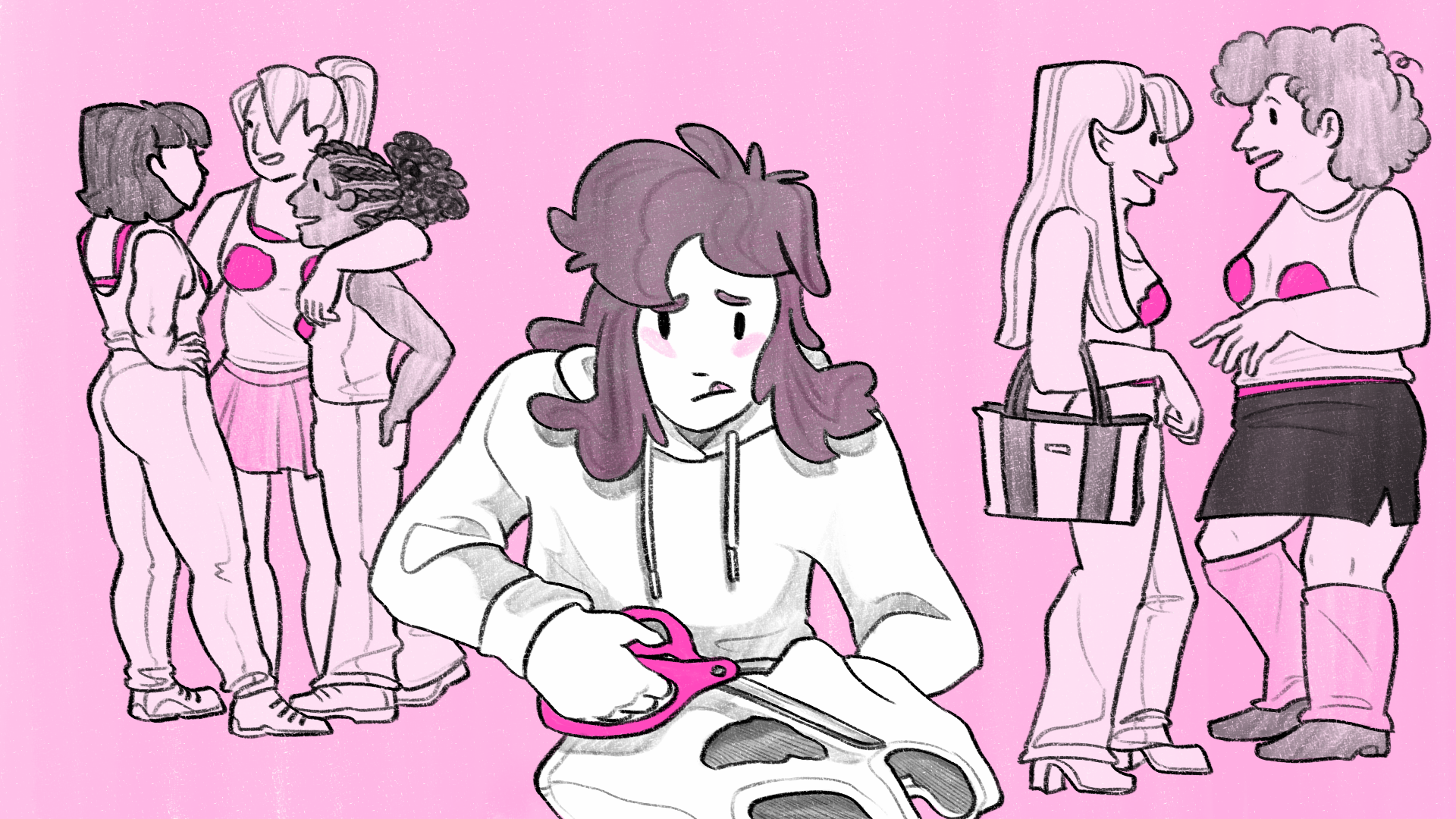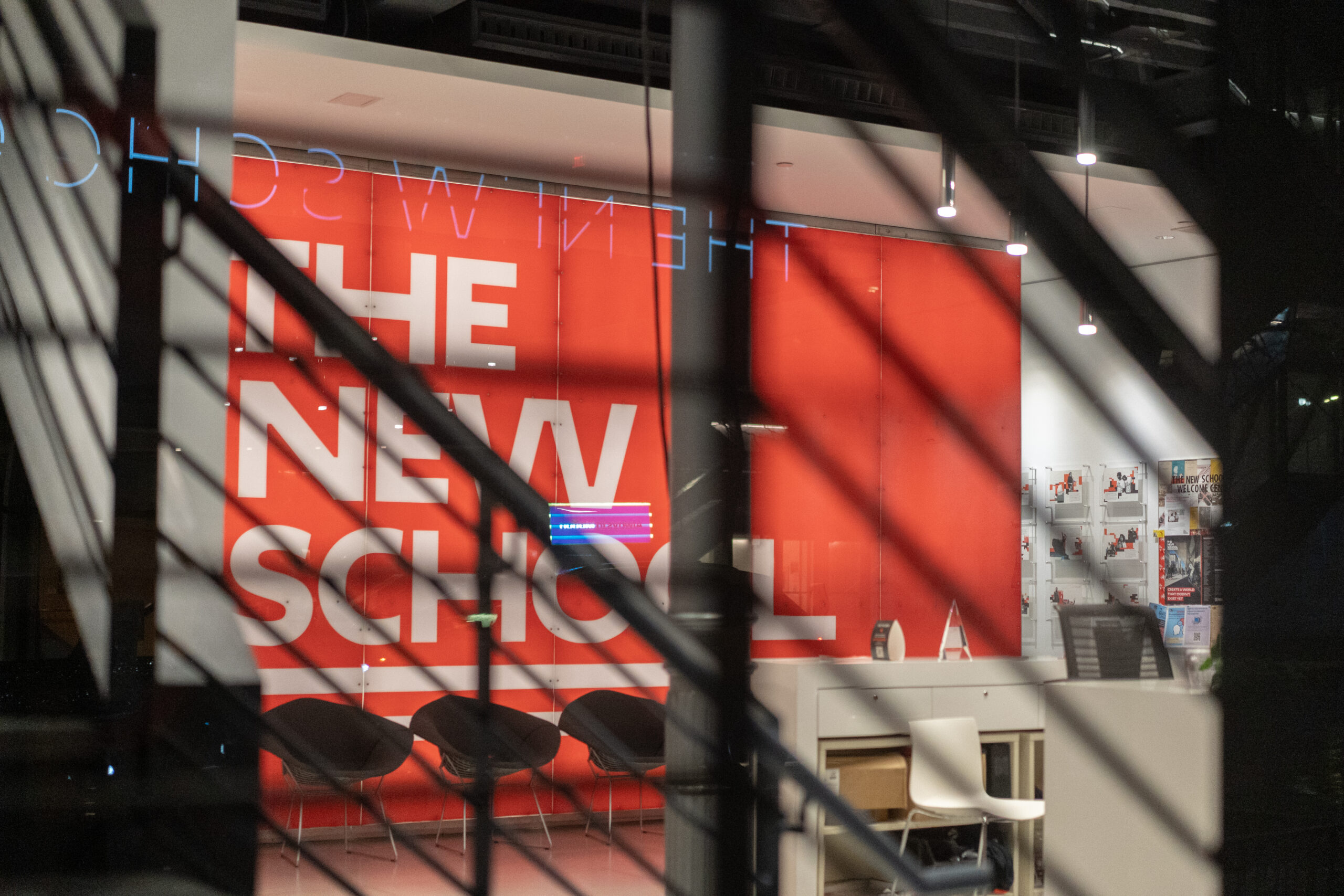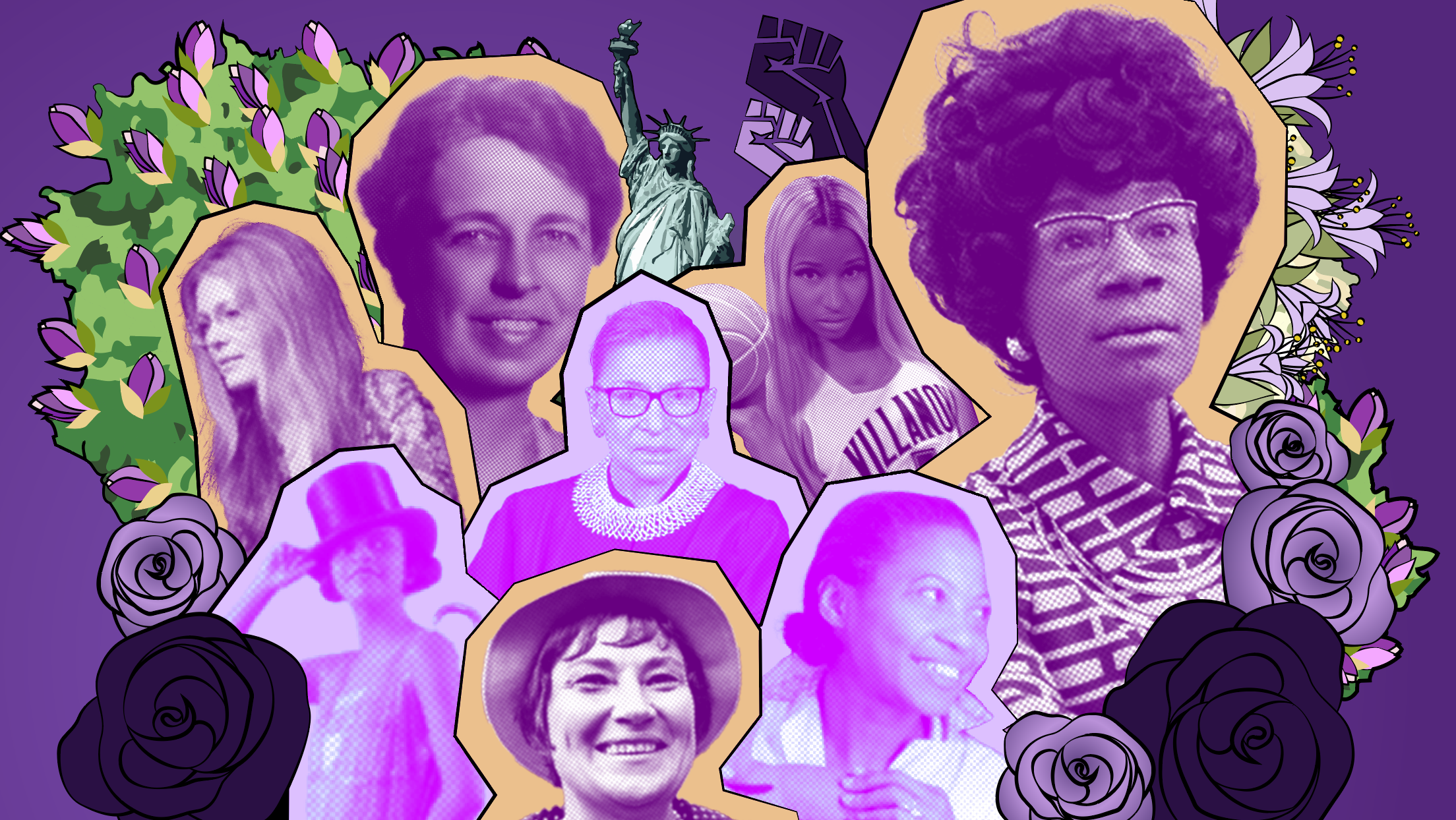“To be a true artist, you need to explore everything,” says Pablo Gonzalez, a multidisciplinary artist and first-year student at Parsons School of Design. When it comes to artistic dexterity, Pablo Gonzalez is a jack of all trades. Gonzalez’s skills range from photography to videography to sculpture, all of which he incorporates into the more than 18 projects uploaded to his website. Having moved to the United States from his home city of Bogota, Colombia at age four, Gonzalez carries with him a sense of responsibility to his culture and its underlying narratives.
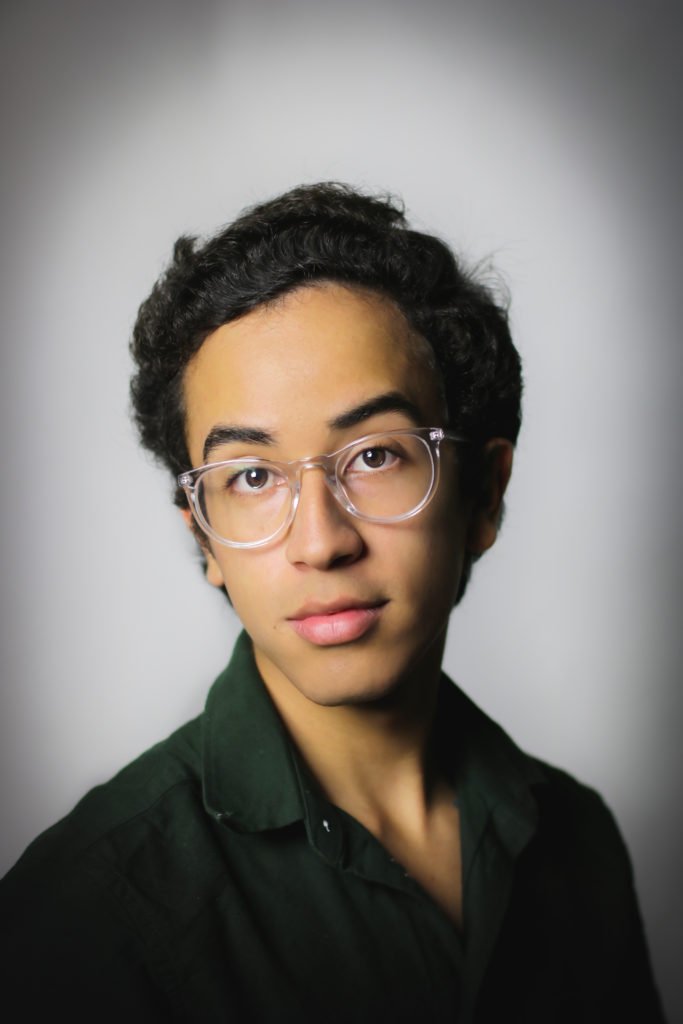
Gonzalez, 19, is entirely self-taught, noting that many of the artistic techniques he learned – and would later experiment with – came from online tutorials. His stream of creativity often comes from a single song or still image that later morphs into a visual narrative. “Music really inspires a lot of my work,” Gonzalez says. Growing up, he formed part of the opera in Sarasota, Florida for 10 years, where he was exposed to “performance art, lighting design, set design, voice and dance,” he said.
He recently completed a short art film titled Sterility, which he edited and codirected alongside Parsons first-year student Meghan Boles. The film, created for the First-Year course “Time,” discusses the boundaries of shared intimacy, specifically “the notion of shared space, closeness, and how situations of discomfort slow our perceptions of time.”
The themes of femininity and womanhood dominate much of Gonzalez’s work. He gains inspiration from his mother, who he regards as the head of his household. Coming from Latin America, where there is “so much machismo and masculinity,” has drawn him to explore the relationship between femininity and strength.
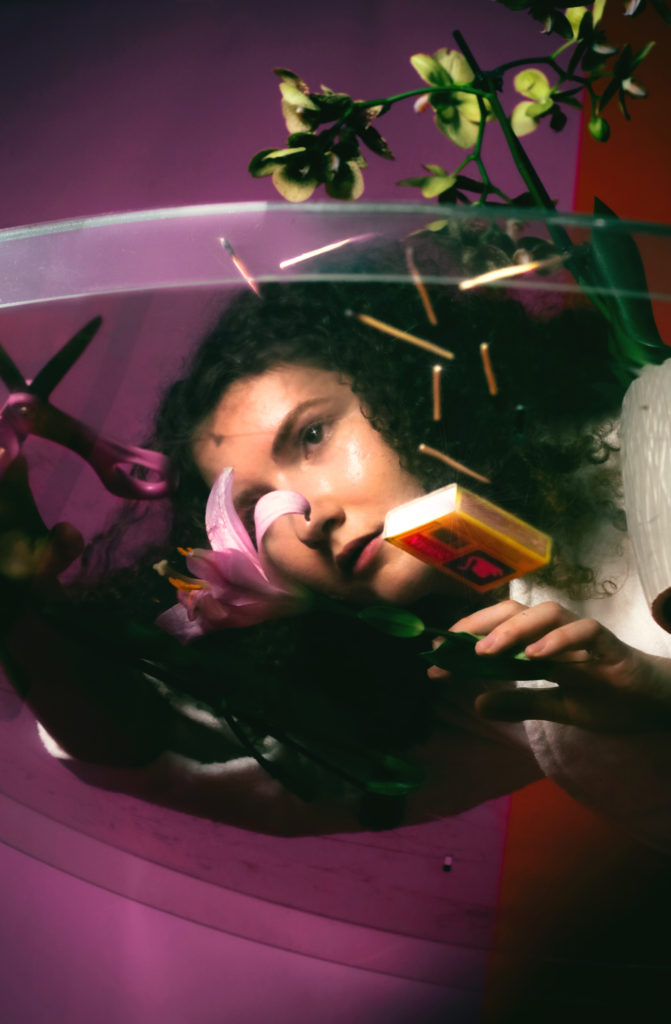
In his series “Growth,” which combines video art and photography, Gonzalez explores the interplay between plant life and feminism. While he derived inspiration from Ancient Greek culture, where orchids were thought to represent male virility, the series instead uses flowers to portray female strength.
Another theme that Gonzalez frequents in his work are his struggles with anxiety and the self. His exploration of self-identity can be seen in “The Tragedy of Innocence,” a project that he credits as one of his “most heartfelt and sentimental.” He describes it as a “coming of age series”, exploring his emotional transition and growth in Summer 2019 before beginning at Parsons. The project was also inspired by his trip to Mexico that summer, where he was surrounded with vibrant colors and religious iconography that he later integrated into the series.
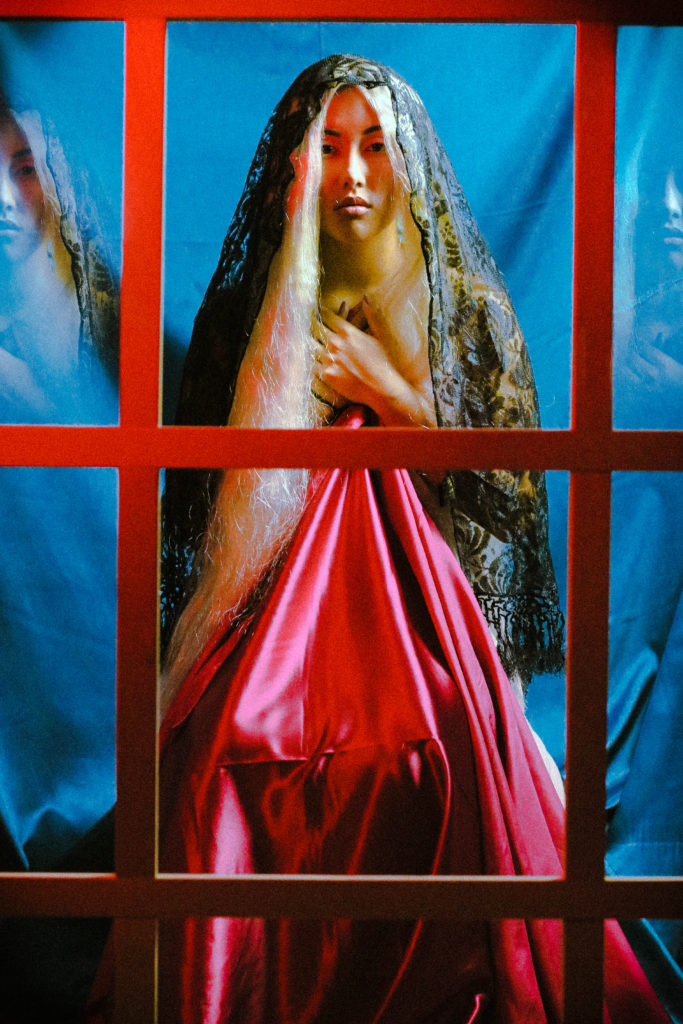
Another recent film project of his, America Runs On Life, Liberty And Happiness, serves as a sociopolitical commentary on American life. The short film follows the everyday morning routine of a young woman in New York City. Upon purchasing her coffee from Dunkin Donuts she walks to Stuyvesant Square Park and sits on a bench, where she begins sipping her coffee. Accidently spilling it on herself, she notices the coffee is blood. “She has this kind of realization and enters this manic mode where she starts to pour blood on herself and cover herself in it,” Gonzalez said. Once drenched, she leaves the park in her blood-soaked attire and the slogan “America Runs On Dunkin” appears on the screen.
“My work doesn’t typically delve into the political aspect of things,” Gonzalez said. “That may be the blood of the soldiers that fought for our freedom or the blood of people that have gotten shot at school shootings.” He admits this is largely up to viewer interpretation. In addition to a social experiment, the project also highlighted the digital age and the accompanying unawareness. “There were people on their phone that didn’t even acknowledge there was someone covered in blood next to them,” he said. Others were startled by the gruesome image.

At The New School, Gonzalez has been exposed to an array of resources and professors that have influenced his artistry. He attributes one professor in particular, Aviva Shulem, as having done so. Shulem, a designer who was Gonzalez’s instructor for the “Space and Materiality” course at Parsons was “like a motherly figure” to Gonzalez, caring and attentive towards what he needed to succeed. She pushed him to explore abstract ideas and materials – such as plastic, wood or metal – which he had not used prior to coming to Parsons. “Pablo Gonzalez is one of the most versatile students I ever had,” said Shulem. “He is exceptionally talented, a hard worker and tenacious.”
Gonzalez said that much of his work does not necessarily have a deep-rooted meaning, but instead emerges organically. His artwork is multidimensional; it contains a certain virtuosity that is only achieved through jumping between diverse mediums. “It’s important for young artists to have the ability to explore and collaborate with each other, creating new interactions between art,” Gonzalez said. While he likes having agency over his artistry, Gonzalez said he “really enjoys having projects for his class curriculum” as it gears him towards new ideas he may not have thought of or exposed himself to before. “They limit me in that they push me towards a certain direction. I like that.”

